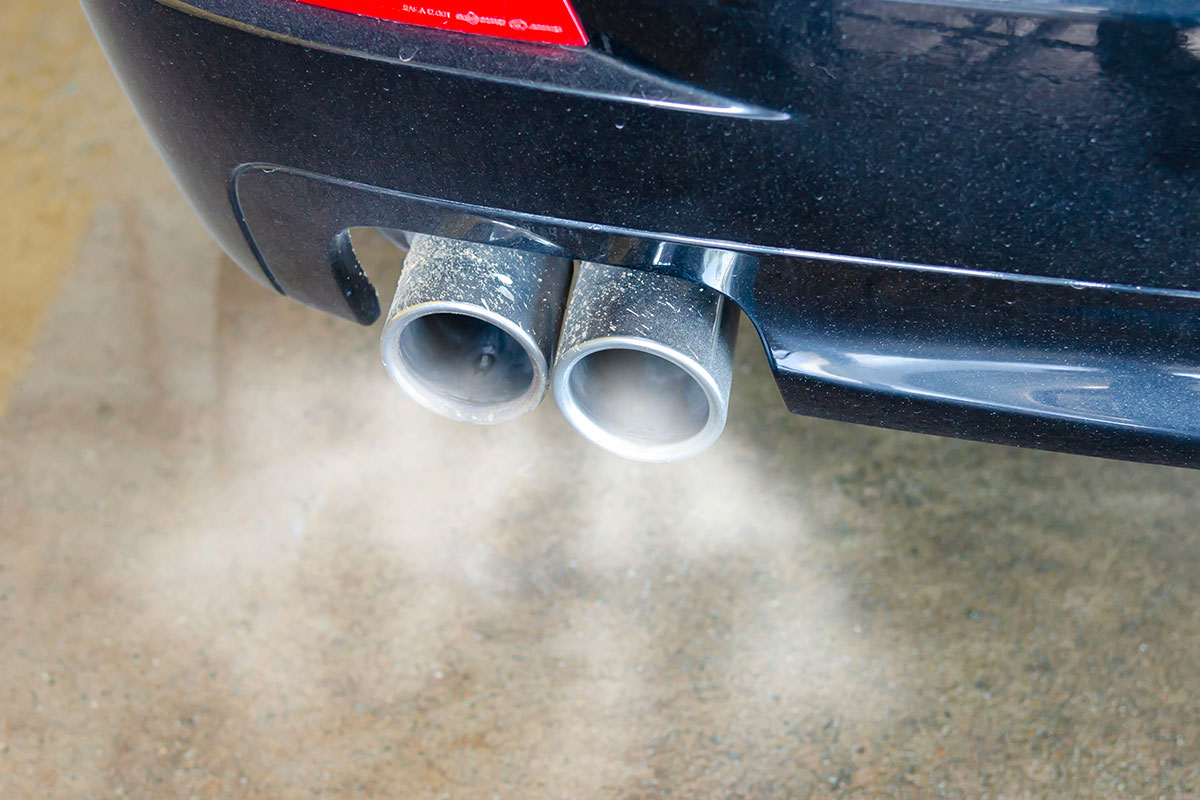A recent study from Helmholtz Munich and the University of Rostock has uncovered some surprising risks tied to emissions from gasoline engines fitted with particulate filters. The findings, published in the well-respected journal Science Advances, call into question long-held beliefs about the safety and environmental footprint of gasoline vehicle emissions—especially once they’ve been exposed to sunlight.
Gasoline cars have often been seen as a cleaner bet compared to diesel vehicles. But it turns out, they might not be as harmless as we once thought. The research shows that while freshly released exhaust gases seem non-toxic at first, they can turn harmful after a process known as photochemical aging. (This is when sunlight and air oxidants work together to change the chemicals in the emissions.) These altered emissions can damage DNA and cause oxidative stress in human cells. This brings up some serious doubts about how well the particulate filters are really working on all new gasoline engines under the Euro 6d standard, which has been in place since September 2019.
Rethinking environmental rules
The study’s findings could shake up automotive environmental policies around the world. Diesel engines have taken a big hit over the years—thanks in part to scandals like Volkswagen’s DieselGate. But now, it looks like gasoline engines might also carry some hidden risks, challenging the common belief that they’re a safer option than diesel.
Diesel engines have long been under fire for releasing high amounts of nitrogen oxides and fine particles because of how they burn fuel. Modern diesel tech like EGR valves, particulate filters, and AdBlue catalysts have helped to cut down on these emissions quite a bit. Even though diesel engines are known for being efficient and powerful (great for utility vehicles and long trips because of their high torque and fuel economy), their popularity in Europe has been on the decline.
How sunlight shakes things up
The study shines a light on the role of photochemical aging in turning apparently harmless exhaust gases into toxic substances. When these gases meet sunlight and atmospheric oxidants, they create new atmospheric particles and volatile oxygenated compounds such as carbonyls. (Carbonyls are compounds that can form under these conditions.) These aged emissions have been shown to cause significant DNA damage and oxidative stress in both cancerous alveolar epithelial cells and normal bronchial epithelial cells.
This new evidence makes it clear that we need to take another look at how we measure the health effects of vehicle emissions. It also raises the question of whether current regulations are enough to protect public health or if additional steps need to be taken to handle these newly discovered risks.
A look back at diesel engines
Diesel engines had a big run in the past, getting widely adopted without much thought about how well they suited busy city conditions. This oversight played a considerable part in worsening air quality in city centers, where stop-and-go traffic made diesel emissions particularly problematic. For a long time in the 1990s and 2000s, diesel technology was all the rage before concerns about the environment led to a shift in focus.
Today’s findings could turn the tables again by spotlighting potential hazards associated with gasoline-powered vehicles that we might have missed before. As buyers navigate a changing automotive scene driven by new rules aimed at reducing pollution worldwide (and as more research like this comes out from groups such as Helmholtz Munich and the University of Rostock in Science Advances), it’s clear that understanding the real effects of each engine type is more important than ever for making informed decisions about transportation policies that look after both our health and the environment.









